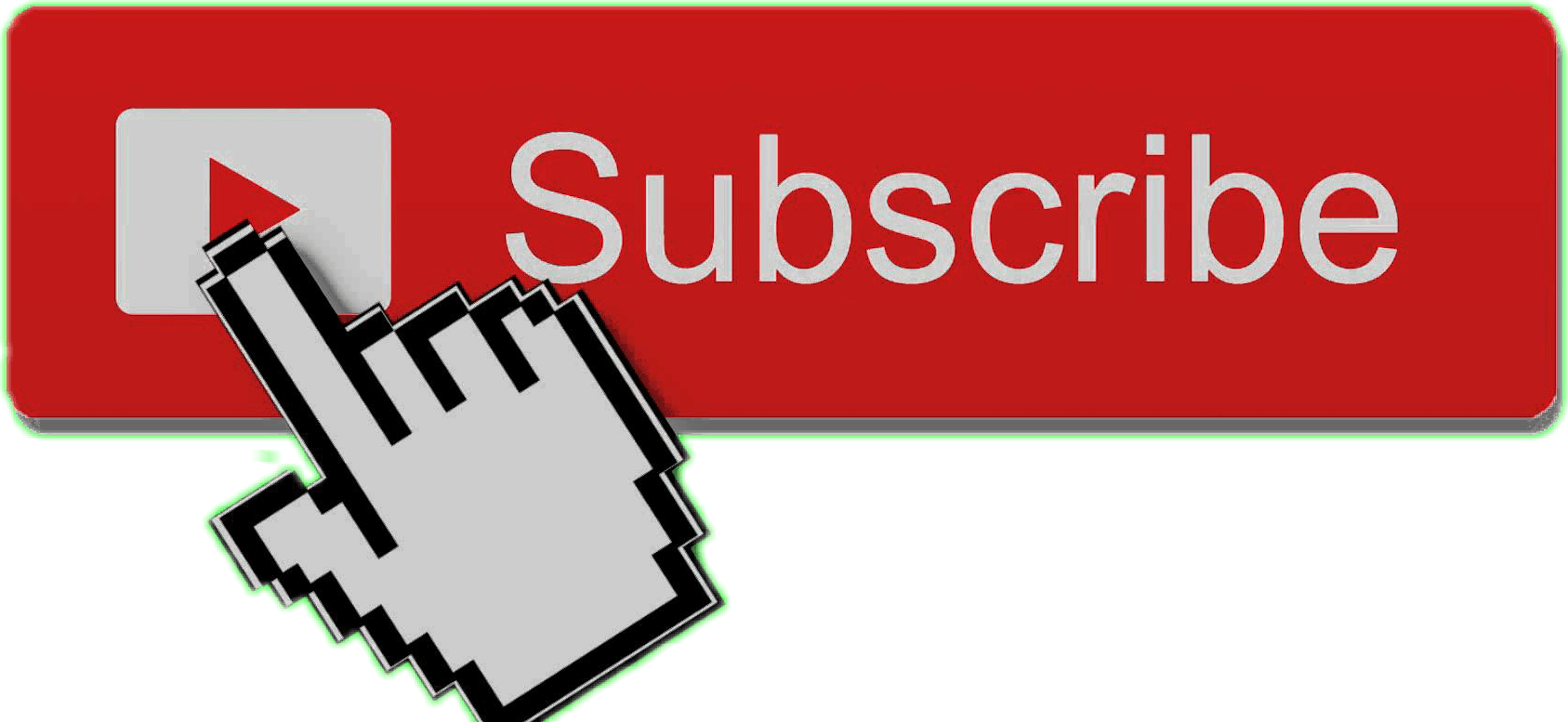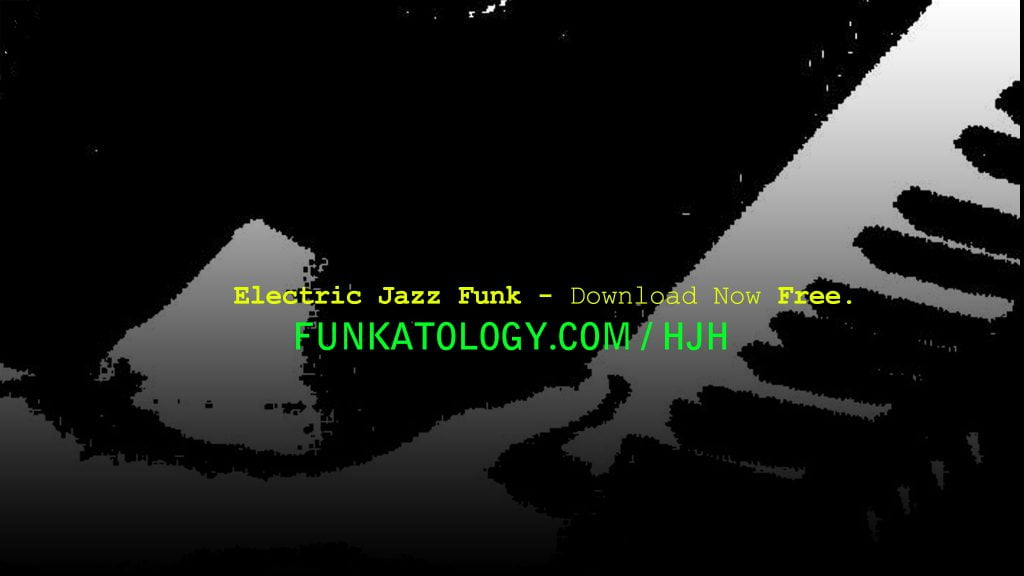Electric Jazz Funk has a story to tell – from traditional jazz to rock and jazz fusion.
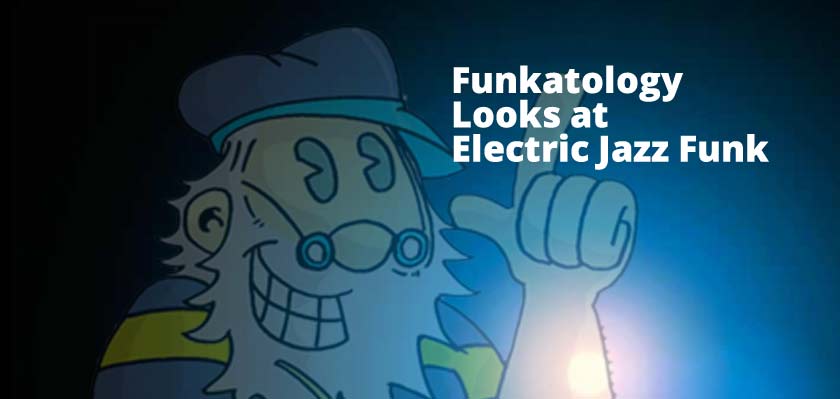
Electric Jazz Funk – from its Origins in Traditional Jazz to Rock Jazz and Fusion
Electric Jazz Funk is my favorite music genre because it combines the instrumentation, energy level and overall excitement level (and volume level) of rock music with some of the most advanced jazz tonalities and rhythms.
When I say Electric Jazz Funk, you might think I’m referring to the “smooth jazz” or the easy listening type of Jazz sound. Even though those genres will frequently use electronic instruments, I don’t consider “easy listening” Jazz to be included in the Electric Jazz Funk genre – although my type of music may be “easily listenable” – especially if you turn the volume to a whisper 🙂
What Is Electric Jazz Funk?
My thoughts of Electric Jazz Funk – I’m talking about Jazz music that makes you move because it has a powerful rhythm that has at its core, closer to a rock beat than a swing rhythm. That beat might include, but not limit itself to elements of a Latin or a Funk beat. In the case of John McLaughlin, he seems to have liked to mix rock, Jazz and funk with classical Indian music (as in Ravi Shankar raga).
Electric Jazz Funk could also be referred to as Rock Jazz, Jazz Fusion or Electric Jazz Fusion.
One thing seems to be consistent – Electric Jazz Funk will most generally have a rock-type rhythm at its core, which is what makes it stand out from traditional jazz. The instrumentation is slightly different as well and the band is almost always amplified in contrast to the typically acoustic performance of the traditional jazz ensemble.
So that we can distinguish Electric Jazz Funk from the traditional here are some of the characteristics of Traditional Jazz that we might not find in rock jazz or jazz fusion:
- Swing Beat
- Walking Basslines
- Lighter Tapping of Drums, maybe with Brushes
- “Standard” ii-V-I chord changes
Most of these institutions of 20th century “standard” Jazz were necessarily abandoned with the influx of new rock jazz paradigm, in favor of a more modern sound which replaced those with the following accoutrements of the jazz-rock band:
- hard hitting rock style drum kit
- amplified electric bass guitar
- amplified electric guitar
- multi-keyboardist with any combination of: fender rhodes, piano-top synthesizer like minimoog or ARP odyssey, plus Clavinet, Hammond B3 with Leslie, ARP string machine
- more modal tonality vs. the traditional ii-v-i
- more rhythmic experimentation vs. the traditional
Jazz Rock and Electric Jazz Fusion
In place of the Sinatra-esque, comfortable swing-style classic Jazz motif, our Electric Jazz pioneers were working with more direct, four-on-the-floor rock style beats with some very creative modifications that, while using the accoutrements of pop music, pushed the music itself way beyond the “Pop” realm.
The Rock Jazz movement appropriated the rock beat and then inserted syncopation that in some ways, was more typical of traditional jazz than rock. but the emphasis on the beat was completely different with certainly more emphasis on the 2 and 4 and more “punching holes” types of rhythms – especially in the bass lines – in place of the “walking” and “comping” style of the traditional swing style jazz.
The sound of a rock band playing heavy rock with jazz type syncopation had never been heard before so it was very exciting to go to a Weather Report concert (I saw them three times) or a Chick Corea Electric Band concert (saw them twice) or even Zappa – who was probably one of the original pioneers of the Rock Jazz concept – throwing down a vicious framework of highly syncopated, loud & transcendent music.
What is the Electric Jazz Sound?
The “electric” part of Electric Jazz Funk started with the sounds of electric pianos and the fender electric bass and electric guitars, which started appearing in place of their acoustic counterparts.
The sounds of these electric instruments provide quite a contrast for the sound of traditional jazz which has always been dominated by acoustic instruments such as the box guitar, grand or upright acoustic piano and the stand up bass or bass violin.
Electric Pianos – Especially the Fender Rhodes
Electric piano sounds started appearing in jazz in the mid fifties – before I was born 🙂 Here’s a great article on Bill Evans’ website all about how the electric piano started coming into jazz. Before the Fender Rhodes became known, of course all Jazz had been played on an acoustic piano as I mentioned.
The Electric Guitar in Jazz
The electric guitar also started finding its way into Jazz during the 1950s with people like Kenny Burrell. The sound was a quite traditional sounding jazz with a new “picked” electric guitar sound from the electric/acoustic guitars which sounded so nice in the 50s. I would not call this electric jazz – I would call it traditional Jazz played with an electric sound.
Eventually the sound of the rock-style electric guitar become a part of Electric Jazz exemplified by artists like John McLaughlin and his Mahavishnu Orchestra, Alan Holdsworth, John Scofield, Al Dimeola and others, but not until years later.
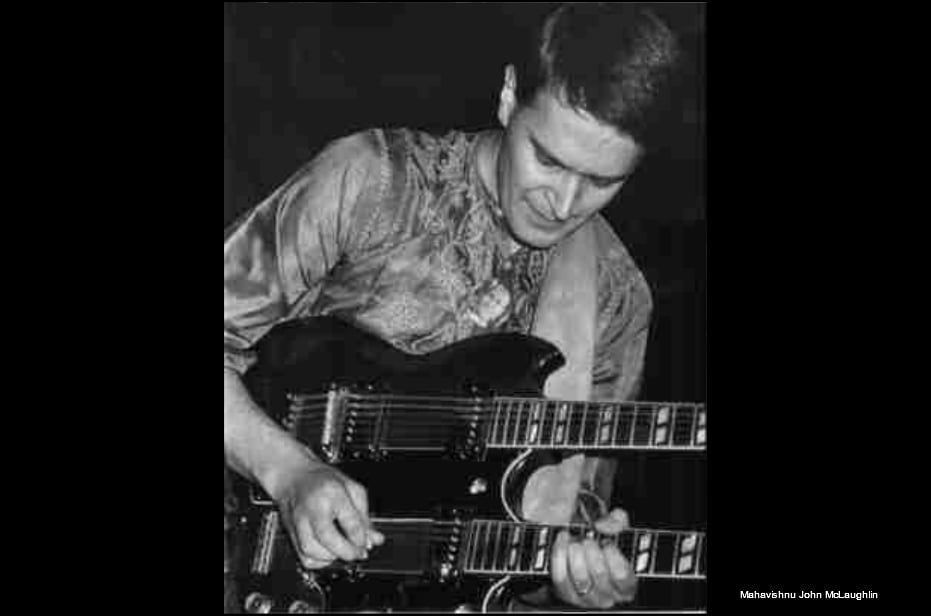
The Advent of the Electric Bass in Jazz
In the 1960s, jazz artists starting pushing the traditional envelope in terms of rhythm, instrumentation and volume level. A huge change occurred when the fender electric bass started replacing the traditional stand up bass and the fender rhodes piano started replacing the acoustic piano in jazz.
At first it was like the electric guitar’s phase-in – more traditional jazz being played with electric instruments, like fender bass playing a walking bassline. But eventually the music itself started to change and probably the instruments’ ranges of sound had a lot to do with Electric Jazz musicians being able to come up with more non-traditional types of Jazz – for example, McLaughlin’s “electric-raga” style of music.
I’d also have to point out the huge influence people like Carol Kaye and James Jamerson have had on the sound and the role of the bass guitar in music worldwide. This probably played a major impact on some of the direction Miles Davis would take.
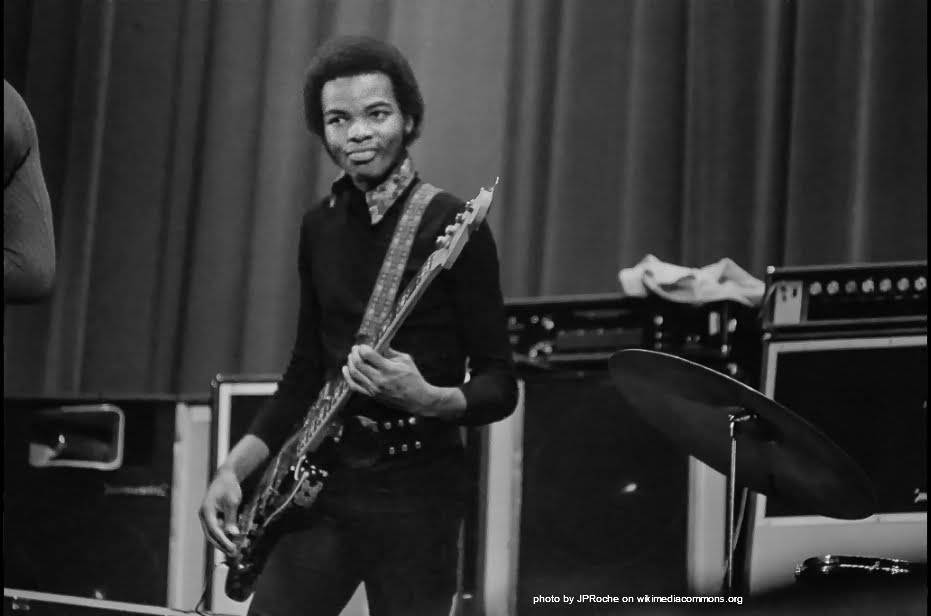
This then-new sound of the electric bass guitar – by virtue of not only the playing style, but the fender bass’s ability to cut through the mix – was becoming a part of everyday music. This was via the huge popularity of Motown music and eventually the domination of the musical sounds of TV commercials, which were literally everywhere you turned. I’d like to ask Carol Kaye how many tv shows and commercials she has done – it’s a lot!
Synthesizers in Electric Jazz Rock and Funk
Towards the end of the 1960s and on into the 70s, synthesizers started to become a part of the fusion mix. Herbie Hancock, Jan Hammer, George Duke, Joe Zawinul and Chick Corea all helped to bring the sound of the synthesizer to the forefront of Electric Jazz and mix it with funk.
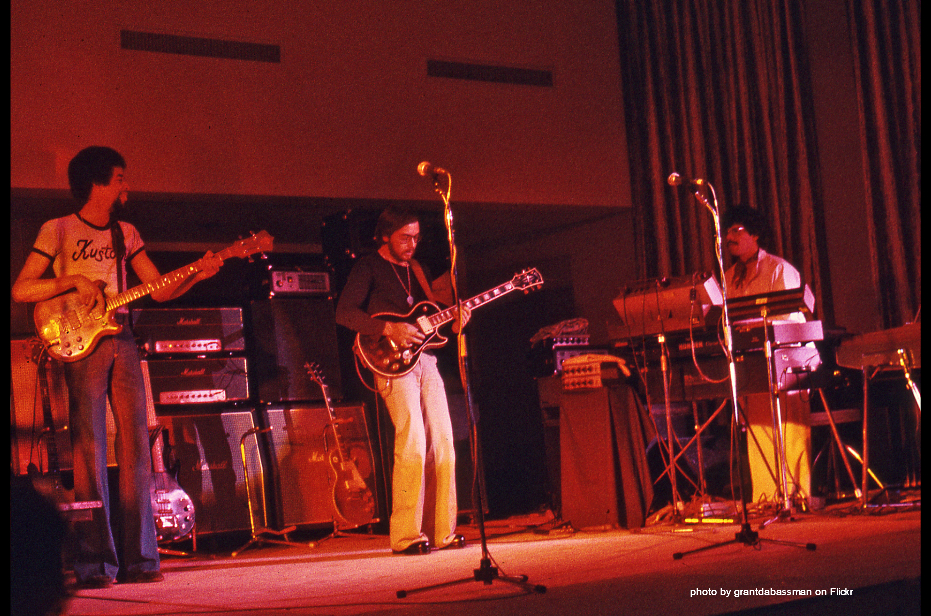
Jan Hammer and the Minimoog
Jan Hammer is considered to be a particular pioneer in the breaking of new ground in the use of the Minimoog synthesizer – he’s known for virtually inventing the practice of playing a keyboard synthesize very “guitaristically” by emulating the pitch bends and inflections of a rock guitarist through the minimoog. He especially became well known after being hired to create the theme music for Miami Vice television series, but in fact I’d been a fan of his from Mahavishnu days.
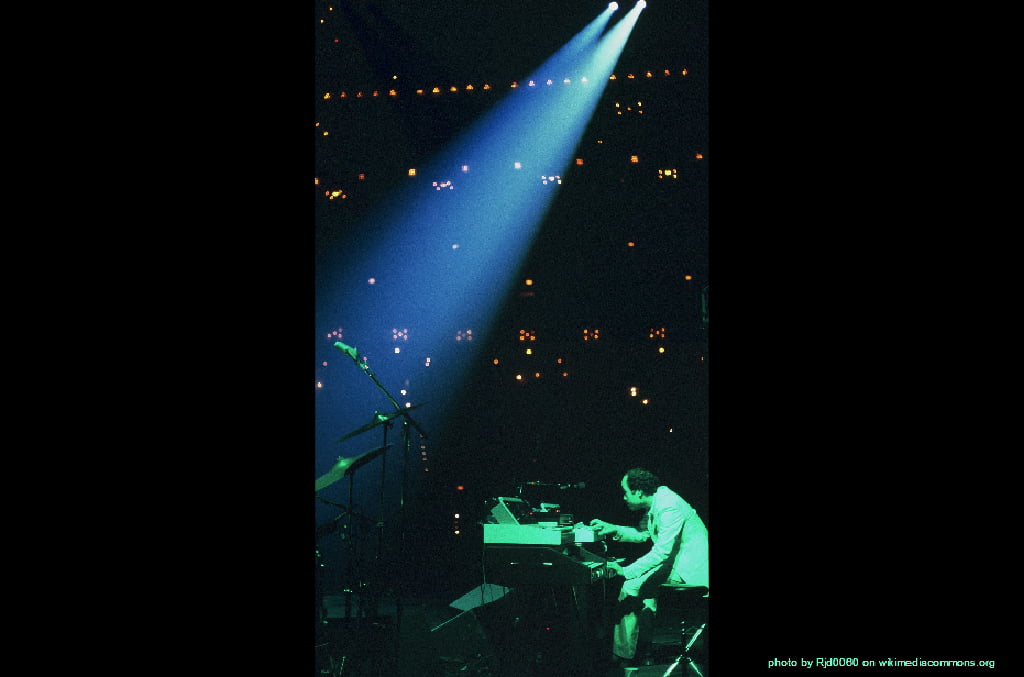
On some of his albums, you will find a warning that says: “No guitars were used in the recording of this album”.
Here’s an amazing video of a full live concert of the Mahavishnu Orchestra featuring John McLaughlin playing his famous double-necked Gibson guitar, Jan Hammer, Billy Cobham, Rick Laird and Jerry Goodman. In re-listening I have to say that some of the counterpoints they achieve in improvisation sound almost baroque in their fugue like quality. My father, the musicologist upon a listen to “Between Nothingness and Eternity“, told me that Mahavishnu live was the greatest musicianship he’d ever heard – specifically, the duet sections between McLaughlin and Cobham. Which was a lot, coming from him 🙂
String & Orchestral Synthesizers
Other cool sounds like the mellotron and string synthesizers (ARP Omni) were bringing orchestral sounds to a keyboard player’s fingertips, with astounding results.
To give you one of the sweetest examples of the use of such an orchestral synthesizer in electric jazz music, I present you with this amazing track by Herbie Hancock entitled “Vein Melter”.
The composition switches back and forth between minor and major sections and you’ll hear Herbie employ a variety of instrumental sounds via a mellotron, including both strings and flutes:
Then in the second half you’ll hear Herbie’s distinctive echoplexed Fender Rhodes piano solo. I don’t know about you, but this one definitely melts my veins – every time I hear it!
The Funky Clavinet!
Then of course, there was the clavinet which is an electric clavichord – literally. It’s distinctive sound is made by hammers plucking strings just like the classical clavichord, but it’s made into a hard case for travelling and fitted out with electronic pickups so it can be plugged directly into an amplifier.
All the electronic jazz funk keyboard pioneers utilized a clavinet at one point or another so that was another part of the distinctive sound of Electric Funk Jazz.
Any one of our Electric Jazz keyboard pioneers would have utilized any or all of the abovementioned synthesizers and keyboards. Here’s a few selections you may have heard of:
- Joe Zawinul: ARP 2600 : “Birdland”, “Black Market”
- Jan Hammer: Minimoog : “Miami Vice Theme”
- George Duke: ARP Odyssey – “Reach For It”
- Herbie Hancock: ARP Odyssey: “Chameleon”
- Chick Corea: Minimoog: Where Have I Know You Before
It seemed each artist has their favorite as well as their own unique style.
Miles Davis: the Father of Electric Jazz Funk
I don’t claim to be an expert but I know something about this stuff… because my love of Electric Jazz Funk comes primarily from what I love in music, rather than what I have formally studied. I have spent many years listening, analyzing and learning the music of people like Herbie Hancock, Chick Corea, John McLaughlin, Jan Hammer, George Duke (to whom I was introduced originally through the music of Frank Zappa) and Larry Coryell among others.
When I was around 12 years old I first heard Miles Davis’s “Bitches Brew” (hereinafter referred to as B.B.) album and I immediately fixated on the first track of the album which is called Pharoah’s Dance… I would listen to it over and over again. The authorship of the piece is credited to Joe Zawinul, the keyboardist who played on the album and eventually went on to lead the band “Weather Report”.
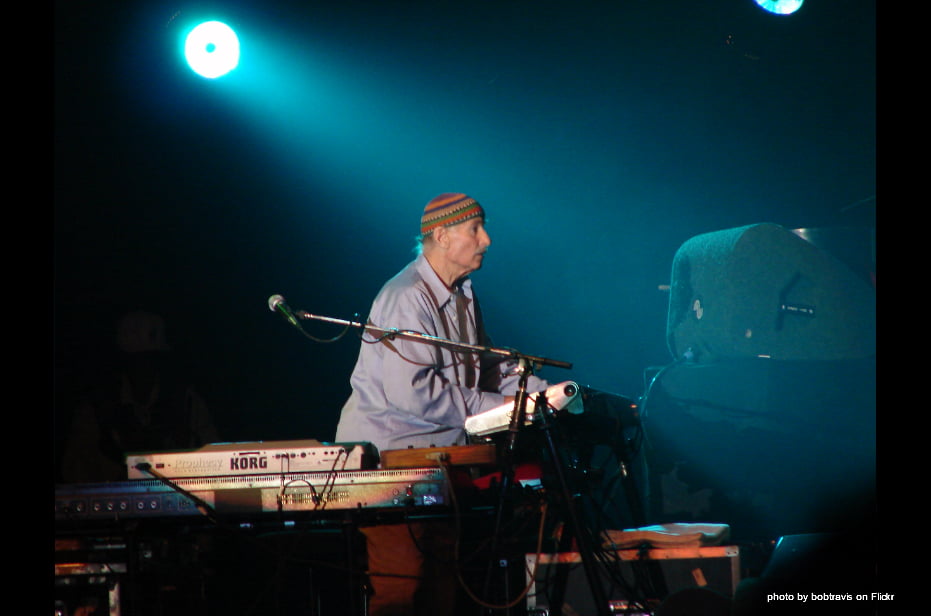
Miles Davis’ B.B. is a two-disk, four-sided record album – actually it has now been released in a “Complete Sessions” album, including music not released in 1968 – here’s a link where they have it on Amazon – but in any case, it’s a lot of music to digest. It took me about two years to digest the one side with Pharoah’s Dance, before I started playing the other sides of the record – but eventually I did consume and internalize all four sides of the LP. I still listen to it regularly (sometimes without actually playing the cd!)
https://www.youtube.com/watch?v=wOA9_TdRFt4
I was fortunate enough to live in Ann Arbor Michigan, which became famous for many things over the years – one of them being the annual summer Blues and Jazz festival. I attended several of those as a young teenager – they were put on within actual hearing distance of my home, so it was like a siren call for me. I would always end up in the Blues and Jazz Festival and I saw and heard many classic acts – among them, the Miles Davis band just off the B.B. tour.
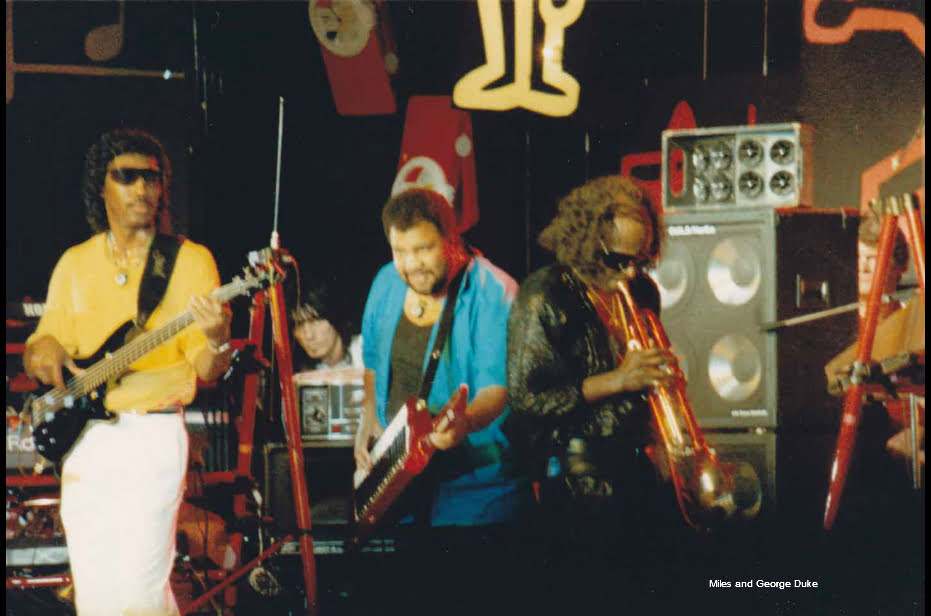
At that age I wouldn’t have been able to tell you who was in the band but Miles was playing the trumpet with a wah-wah pedal (!) and I’m pretty sure it was Detroit’s Michael Henderson on electric bass (who went on to become somewhat of an RnB star with some disco hits). Henderson played on a lot of Miles’ breakout albums of that ilk such as Tribute to Jack Johnson and lots of others.
I haven’t researched it but I’m sure Miles really wanted that Detroit style motown bass for his “new direction” of jazz.
B.B. album was a pivotal moment for Jazz – because for that session, Miles brought together all of the “prime movers” in the up until then “traditional” sounding jazz world – and in the sessions, he “set them up” to play Jazz HIS way – Miles Davis’s way.
Miles’ New Concept in Electric Jazz Music
Miles’s “New Jazz” way might not ever have involved charts, chord changes, keys, time signatures – mainly it was more of concept – a flow that mixes together every element of whatever’s contained in each musician. This is “Fusion” in the truest sense of the word.
I will grant that Pharoah’s Dance, like most Zawinul music, definitely does have a charted out part – a fixed sequence that repeats a few times. But other than that, it’s highly improvisational. Miles’ authorship tended to be even more of a “different form” – maybe that’s why they put Pharoah’s Dance as the first track on the album, so people would recognize a definite form before being dropped off into complete Electric Jazz Funk Fusion, which is where the album inexorably takes you.
I probably would not classify B.B. as a straight-out Electric Jazz Funk album. But I mention it here, because B.B. was the cauldron in which all the important Electric Jazz Funk musicians bubbled and boiled. And eventually went on to create the electric jazz fusion bands that took us beyond the stratosphere, perhaps not to rivaled musically in the days since.
Electric Jazz Artists that Came Out of Miles Davis’ “School”
The following groups or musicians were involved in the seminal work, Bitches Brew:
- Wayne Shorter – soprano saxophone
- Bennie Maupin – bass clarinet
- Joe Zawinul – electric piano – Left
- Chick Corea – electric piano – Right
- John McLaughlin – electric guitar
- Dave Holland – bass
- Harvey Brooks – electric bass
- Lenny White – drum set – Left
- Jack DeJohnette – drum set – Right
- Don Alias – congas
- Larry Young – electric piano – Center
- Airto Moreira – percussion and cuica
The only one on my favorites list notable absent from that list, is Herbie Hancock – but if you check a other Miles albums like Jack Johnson or Live/Evil you’ll find:
- Herbie Hancock
- Keith Jarrett
- Billy Cobham
- Gary Bartz
- Tony Williams
- Reggie Lucas
- James Mtume
- Michael Henderson
- Dave Liebman
I recently heard a story about Miles telling Herbie to just play with one hand in the sessions. That makes a lot of sense, because Herbie has a very active left hand (for a pianist) and a pianist’s left hand chording would tend to fill up a lot of the space required for Miles’ concept music.
Electric Jazz Funk Bands Incubated from Miles Davis Sessions
The reason I spend so much time talking about Miles’ B.B. in an article about Electric Jazz Funk is that the next wave of Jazz Fusion came directly from Miles’ conversion of this group of musicians from traditional jazz into a whole new wave of Electric Jazz.
The following bands / artists came out of/through the Miles Davis revolution:
- Weather Report
Joe Zawinul
Wayne Shorter
Airto
Miroslav Vitous
Jaco Pastorius
Alphonso Johnson
Dom um Romao - Chick Corea / Return to Forever
Stanley Clarke
Al Dimeola
Lenny White
Steve Gadd
Bill Connors - John McLaughlin – Mahavishnu Orchestra
Jan Hammer
Billy Cobham
Larry Young - Herbie Hancock Sextet
Bennie Maupin - Herbie Hancock Headhunters
Bennie Maupin
Paul Jackson
Bill Summers
Harvey Mason - Tony Williams Lifetime
- Lenny White & 29
- Reggie Lucas
(produced Madonna) - Mtume (Juicy Fruit)
That’s an incomplete list, but those are most of the ones that have influenced my musical world in one way or another.
All of these artists seemed to walk back and forth between various purities of genre along the lines of traditional jazz, latin, heavy rock fusion, “soul” jazz and even sometimes pop — but also vacillated between the more formless arts and seriously conducted heavily notated compositions.
But it does seem that after a certain point in time, around the mid-seventies, all the music was firmly planted in a rock-jazz or Electric Jazz Funk format and traditional jazz was from then on for the traditionalists except for what I would call occasional genre-tribute type albums such as Romantic Warrior by Chick Corea or My Goals Beyond by McLaughlin. Both of which are among my favorites, I might add.
Weather Report
One of the most amazing groups to pass through the Miles Davis school became known as “Weather Report”. The group was led by virtuoso keyboardist and Austrian immigrant Joe Zawinul, who had worked extensively with Miles, and fronted by wind genius Wayne Shorter also a Miles Davis protege. Those two have been constant in the lineup for Weather Report.
Many other luminaries in the electric jazz world have either been a part of, or come up through Weather Report – not the least among them being bassist Jaco Pastorius, who became famous after being “discovered” in South Florida by Zawinul.

Other Weather Report veterans include Miroslav Vitous and Alphonso Johnson (bass), Airto and Dom Um Romao (percussion), Alex Acuna Peter Erskine and Ndugu (drums) and others.
I had the pleasure of seeing Weather Report live in concert on three different occasions – two for the Mysterious Traveller tour and the third time was the Black Market tour with Jaco Pastorius. Weather Report gets a huge sound for just a few people – they seamlessly weave large musical tapestries from jazz and funk — and Zawinul also has a tendency to add international spice flavor to a lot of his compositions, when not being just downright funky!
Zawinul is also known for having written the famous Soul Jazz tune “Mercy, Mercy, Mercy” which was recorded by Cannonball Adderley https://en.wikipedia.org/wiki/Mercy,_Mercy,_Mercy
The first two concerts I attended had Alphonso Johnson on bass and I absolutely love that groove for Weather Report. Don’t get me wrong – Miroslav was awesome too. But Alphonso Johnson created and held down the funkiest grooves for the Report.
The third time I saw Weather Report I was in the first row at a large auditorium (Hill Auditorium in Ann Arbor, Michigan) and just a few feet away from a “brand new” Jaco Pastorius – at first I thought it was Miroslav Vitous but I was wrong obviously – the sounds emanating from Jaco were amazing and out of this world. Lots of fretless melodizing and huge double stops. While they did play all the tracks from Black Market, I’d have to say they really let Jaco take over the concert, and it was powerful.
My strongest impression from my Weather Report concert experiences were the sense of Zawinul as a powerful “commander” of a lot of “firepower” in multiple arrays of ARP 2600 synthesizers. The ARP 2600 is somewhat more technical in nature than the minimoog or the ARP Odyssey in that it requires some knowledge of a module-based, patch-corded analog synthesis, whereas the latter have no patch chords (they’re internally hard wired). There were times when the music would break down to just dual 2600s being played simultaneously by Zawinul with outstretched arms, as if in a crucifixion pose. Extremely powerful musical experience.
Here’s a video of Weather Report around the time of the Mysterious Traveller tour with the wonderful Alphonso Johnson on bass.
Herbie Hancock – the Sextet and Headhunters
In terms of musical concept and keyboard approach, Herbie Hancock is hands-down my favorite. His ability to mix rock, jazz, funk and soul results in a fully realized concoction where his left-hand prominent style of piano playing breaks through at the most important parts of each composition.

The first Herbie Hancock album I ever heard, was Sextant https://en.wikipedia.org/wiki/Sextant_(album) – which is a brilliant, one-of-a-kind release that features powerful african funk and soul rhythms integrated into a highly synthesized environment. It’s hard to describe but the driving rhythm comes from a synthesized sample-and-hold rhythm, a bass with fuzz-wah, full-on african percussion, and Herbie’s fully electrified suite of electric jazz keyboards including of course, the fender rhodes, a clavinet and ARP strings and flutes – all heavily modulated with effects such as echoplex. And one musician, Dr. Patrick J. Gleeson was entirely dedicated to running a complex patch-chord synthesizer. If you’ve never heard Sextant before, you are in for a treat.
Prior to releasing the highly avant-garde, soulfully rhythmic, yet sonically advanced Sextant, Herbie had released two very creative albums with his Sextet, combining funk and jazz: Mwandishi and Crossings. Sextant was the third, and most advanced release by the Sextet, in my opinion.
Interestingly, the same year (1973) Herbie Hancock had a complete change of heart and reformed his group into the Headhunters, and then released the most successful track of his career to date: Chameleon.
The entire Headhunters album is an admitted convergence of Jazz Funk and Pop rhythms and was calculated by Herbie to generate more income, and it worked 🙂 I personally much prefer the album version of Chameleon to the single version, which was heavily truncated to fit within the typical three and a half minutes allocated for pop music airplay.
Chick Corea – Return to Forever and Electric Band
Another virtuoso keyboardist that passed through the Miles Davis school, was Chick Corea. A highly technical pianist with roots in Latino culture, Chick became known for his Latin/Brazilian styling in the first two Return to Forever albums and especially “Light as a Feather” which featured Flora Purim and Airto, with Stanley Clarke and Lenny White. Eventually he decided not to stay “light”, and went full-on electric — and released Hymn of the Seventh Galaxy.
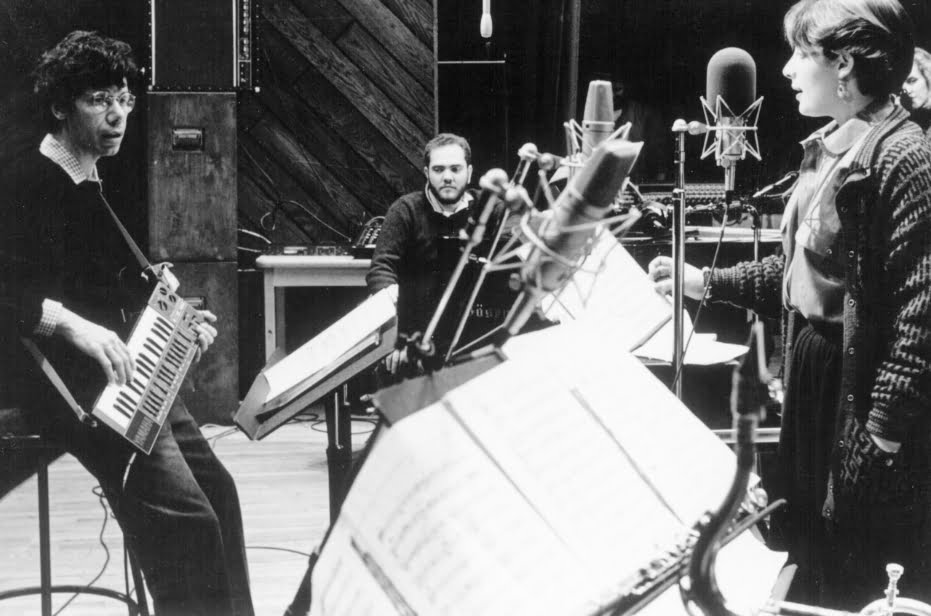
Hymn of the Seventh Galaxy was also sort of a “coming-out” album for another major player, bassist Stanley Clarke, who before then had mainly worked on the upright bass. Stanley Clarke of course went on to achieve huge recognition as one of the greatest Electric Jazz Funk bassists of all time.
Here’s a recording of Chick Corea and Stanley Clarke playing “Space Circus” live in concert circa 1974 with a young Bill Connors on guitar.
The Best Seminal Electric Jazz Funk Albums (IMHO)
Of course, everyone has their opinions and their favorites, and so do I. Here is my list of the best electric jazz funk albums from the period I’ve been discussing in this article:
- Miles Davis – Bitches Brew
- Miles Davis – On The Corner
- Miles Davis – Get Up With It
- Weather Report – Mysterious Traveller
- Weather Report – Black Market
- Weather Report – Tale Spinnin’
- Weather Report – Heavy Weather
- Jaco Pastorius – Opus Pocus
- Chick Corea – Hymn of the Seventh Galaxy
- Chick Corea – Where Have I Known You Before
- Stanley Clarke – self titled
- Mahavishnu Orchestra – the Innermounting Flame
- Mahavishnu Orchestra – Birds of Fire
- Mahavishnu Orchestra – Between Nothingness and Eternity
- Mahavishnu Orchestra – Apocalypse
- Tony Williams Lifetime – Believe It
- Herbie Hancock – Mwandishi
- Herbie Hancock – Crossings
- Herbie Hancock – Sextant
- Herbie Hancock – Headhunters
- Herbie Hancock – Thrust
- Herbie Hancock – Man-Child
- Herbie Hancock – Secrets
Obviously that list is incomplete – why don’t you let me know what some of your favorites were from this era and I’ll add them if appropriate!
Electric Jazz Funk Tradition Carries On
Everyone has their own favorite style and sub-style of music. Mine happens to be Electric Jazz Funk. This article has done its best to provide a broad overview of some of the forces that came together to create the amazing musical genre we now know as Electric Jazz Funk, Jazz Rock, Jazz Fusion or Jazz Rock Fusion.
Please watch for more articles as I publish them here!

